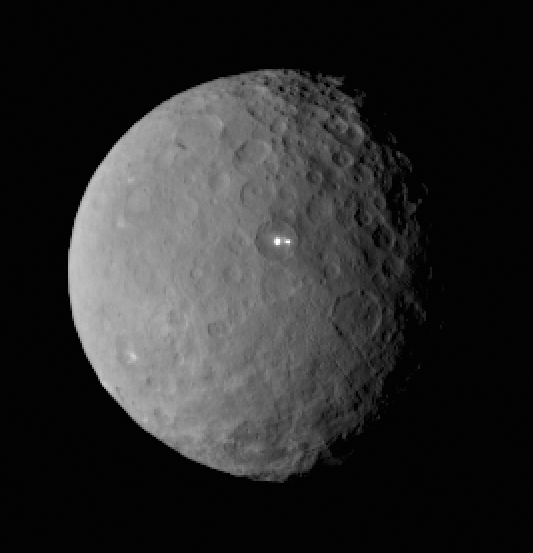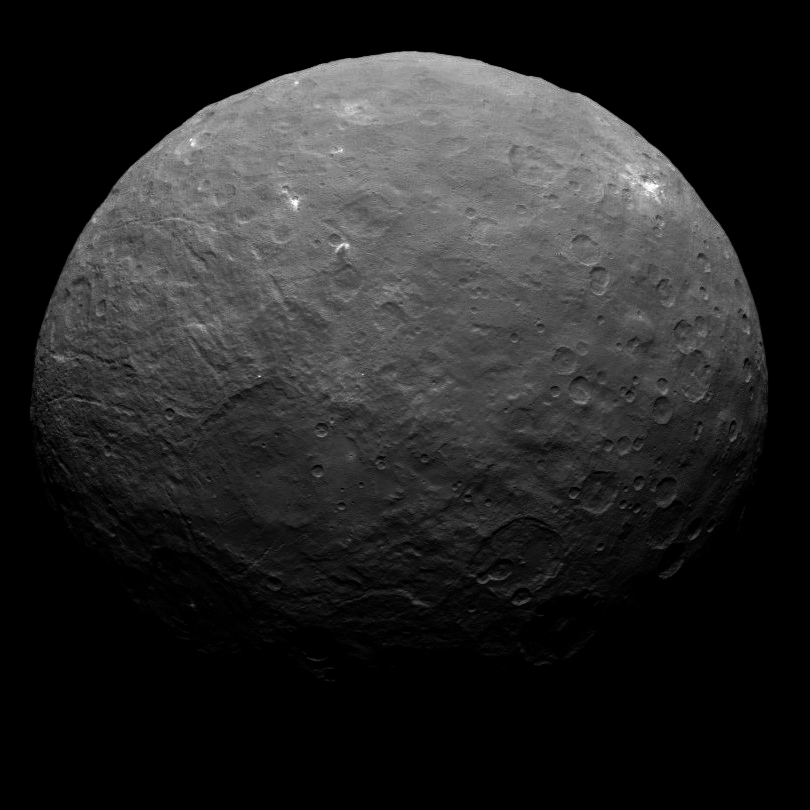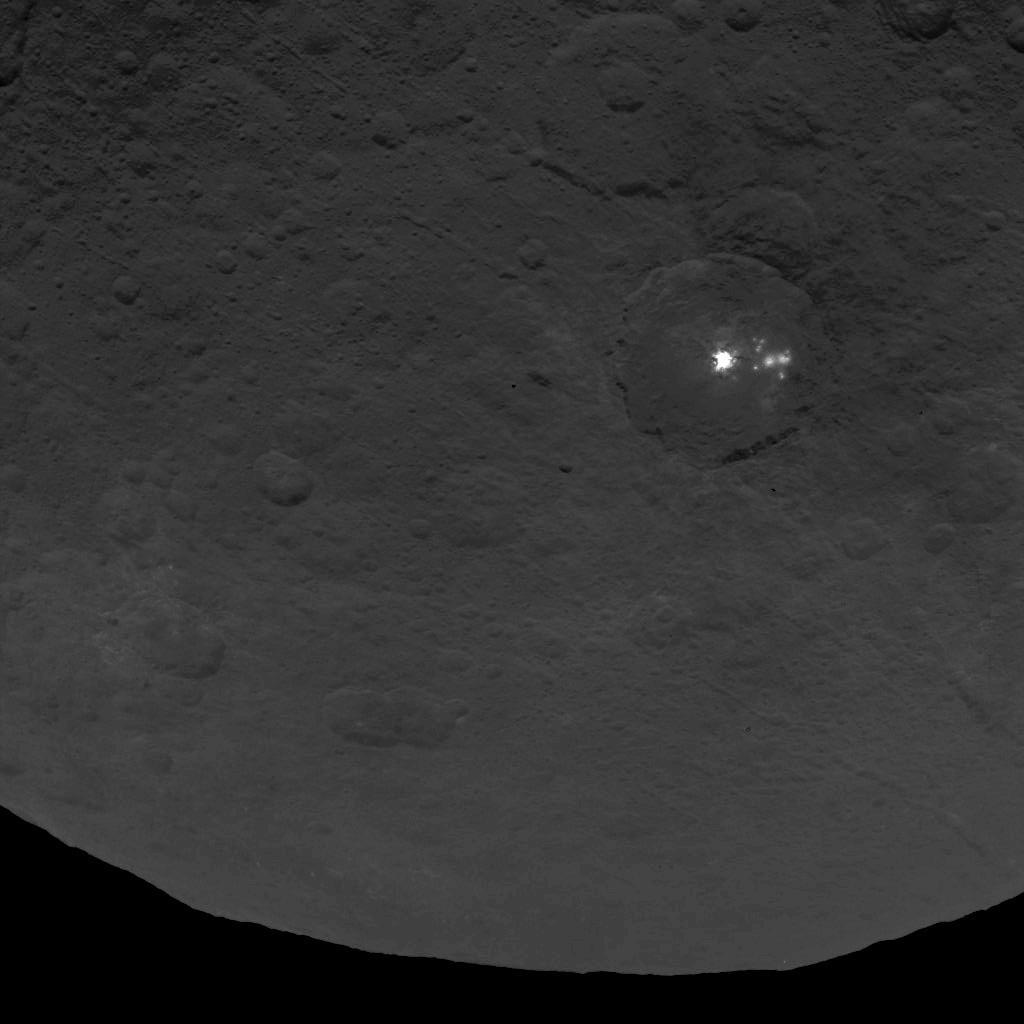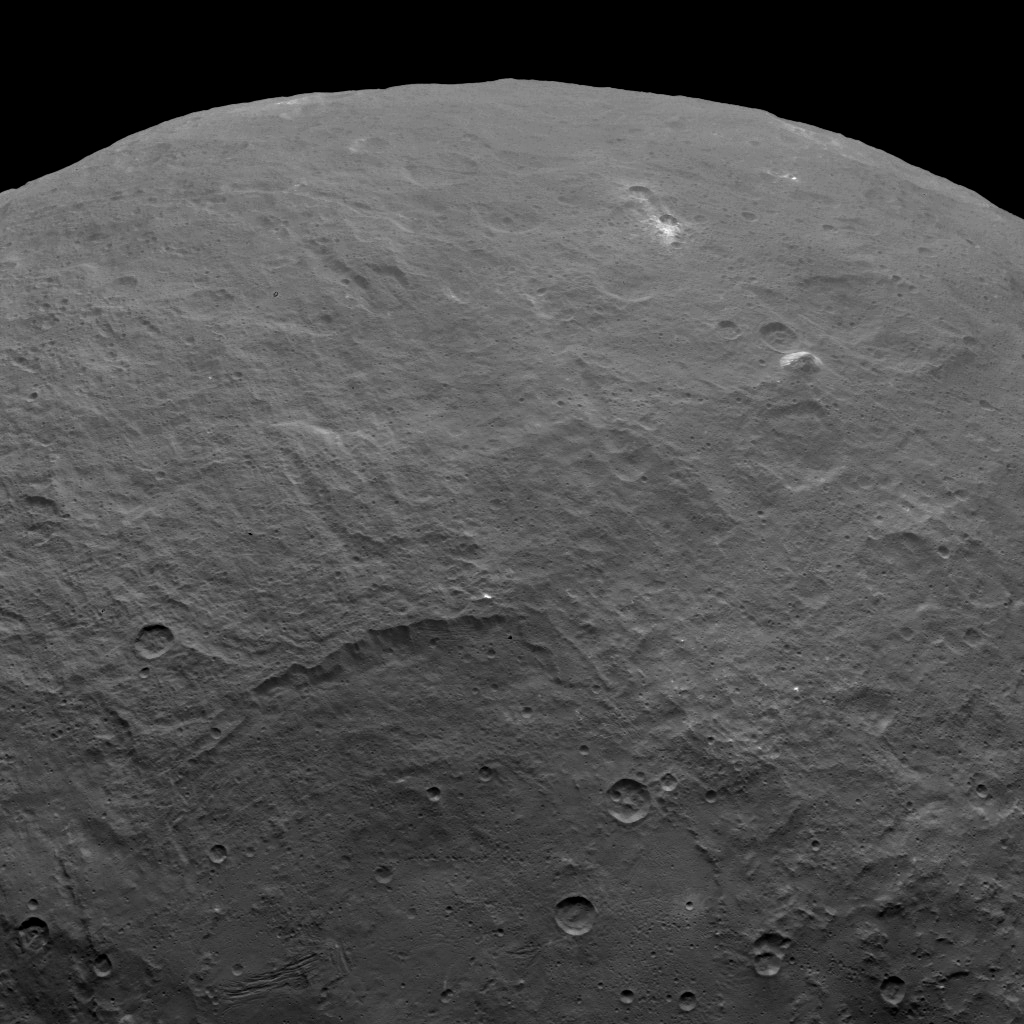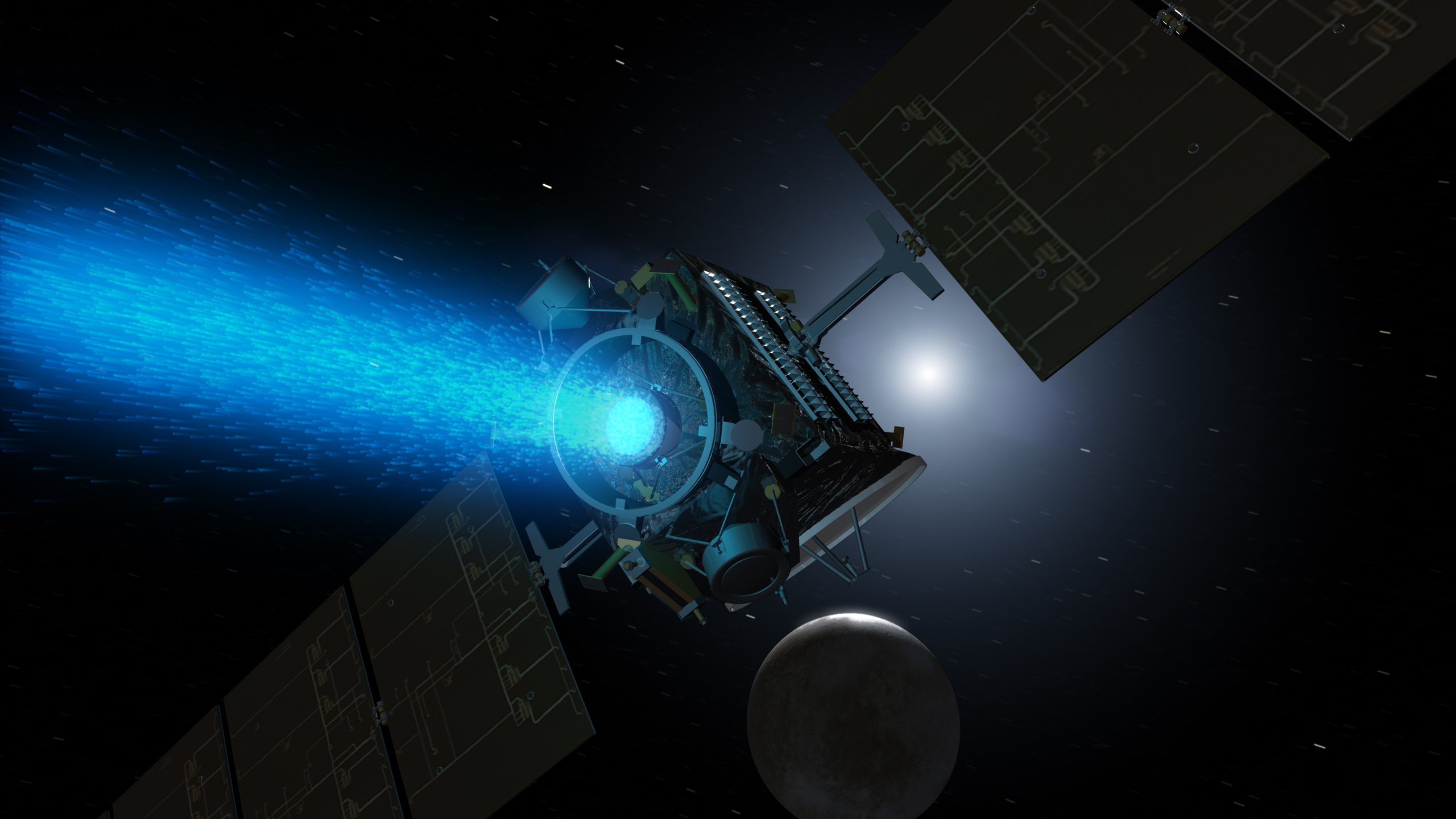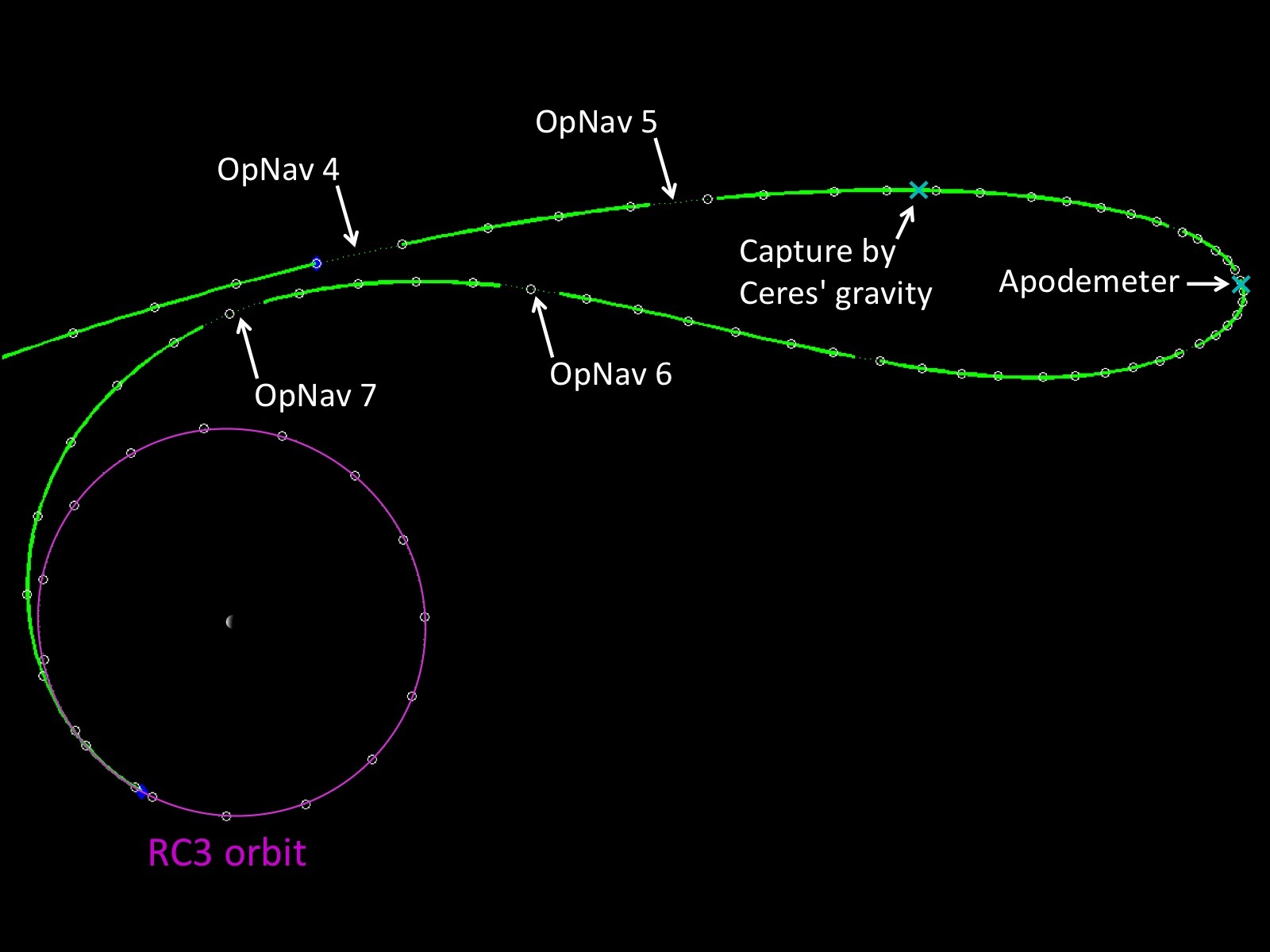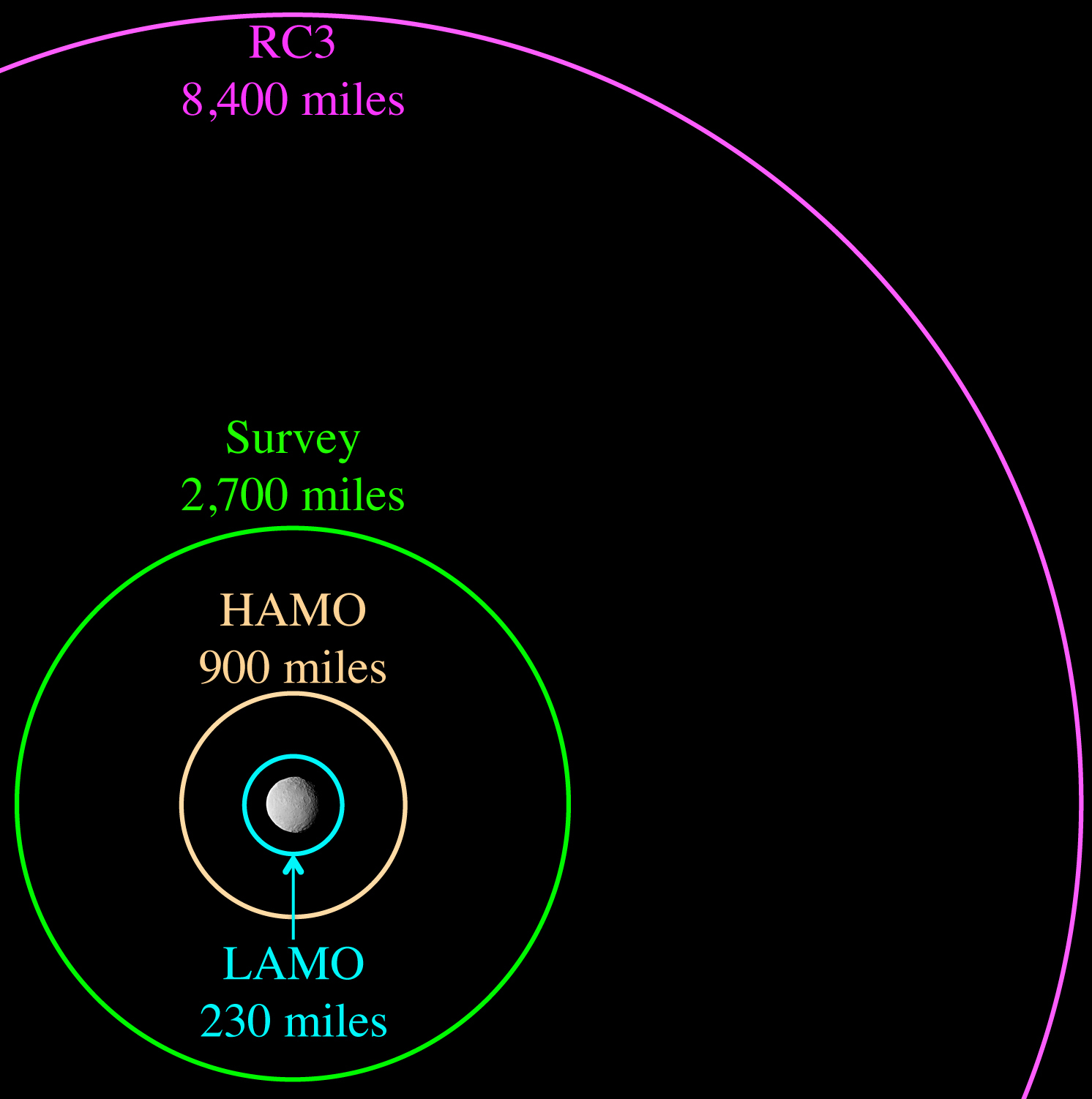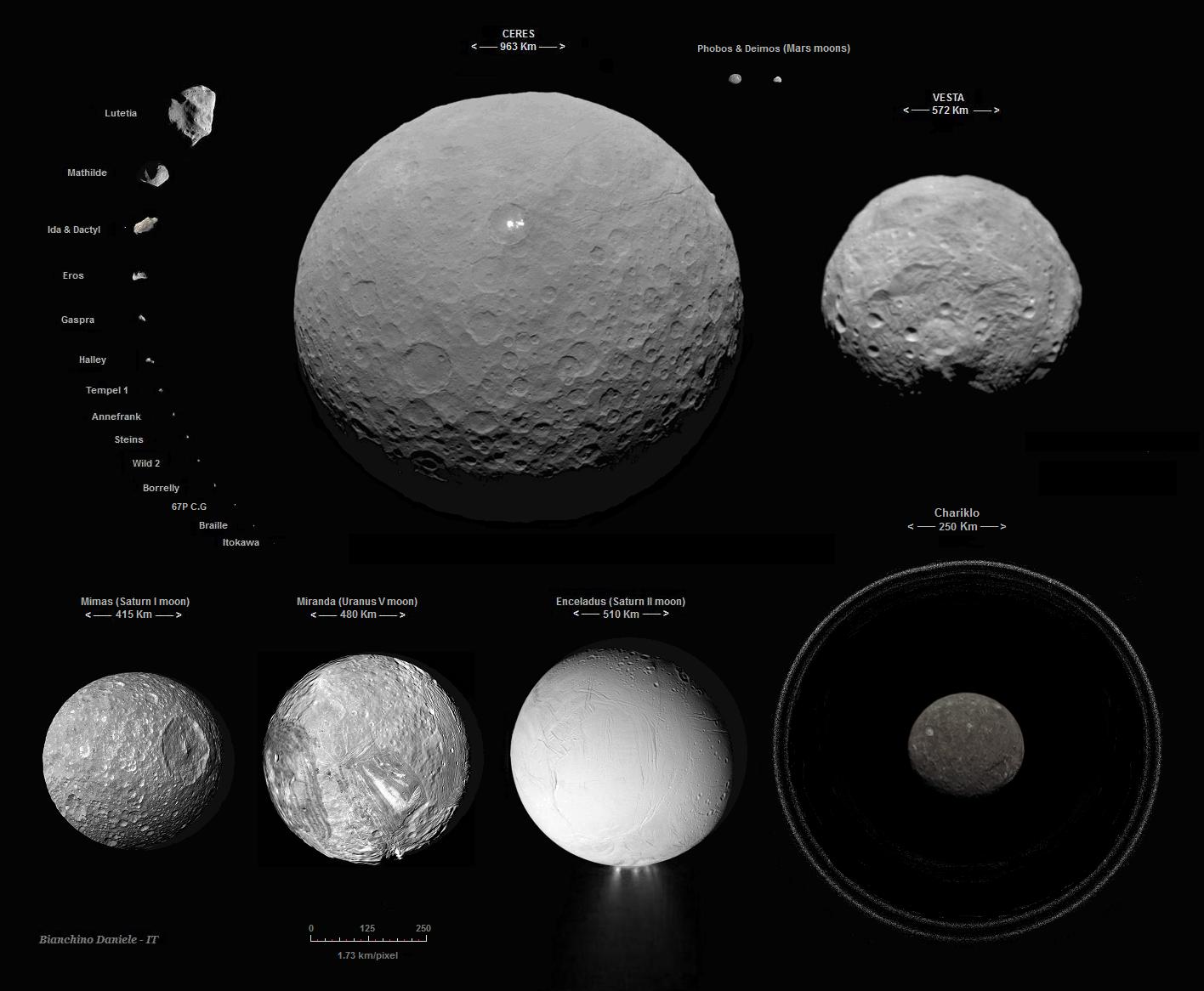- Back to Home »
- origin , space »
- CERES
Posted by : Koshime
Wednesday, 22 July 2015
Update ** July 21-25 2015
Scattered light, described as a haze or bugs smeared on a windscreen effect were described to emanate out of the reflected bright spots in Spot 5, that are not visible when out of direct communication in the Sun.
On a dwarf planet with an almost non existent magnetic field in vacuum..and an anomaloy that seems to contain a mini atmosphere..it suggests, containment within a bubble or dome?
"If you look at a glancing angle, you can see what seems to be haze, and it comes back in a regular pattern," Dawn principal investigator Christopher Russell, of UCLA, said during a presentation Tuesday (July 21) at the second annual NASA Exploration Science Forum
subsequently, it appears that Russell is cautioned, and a new statement is issued
“I was speaking from less than a handful of images, and the interpretation of the images is disputed by some team members. I would like the debate to go on internally before we make a pronouncement one way or the other. I of course have my personal opinion, but I am not always right.”
Optical NanoResonator
Interestingly, a new research article has just been released around the same time, with regards to a light amplification process that can resonate light 10 000 x more with a minuscule absorption
An advanced highly efficient solar cell such as that from UMW involving a optical nanoresonator could realize extreme concentration of light at subwavelength nanoscale dimensions
Ceres was discovered in 1801, a massive body the size of Texas travelling between Mars and Jupiter, and is the only dwarf planet (between the a Sun and Neptune). It is perfectly round in shape, suggesting formation early within the solar system with a low density.
Exploration of Ceres, can hold the key to water within the middle solar system compared to other icy bodies. Currently it is being surveyed by the DAWN spacecraft undergoing it's 3rd lower orbital survey, following a glitch* during descent to lower orbit (July 2015)
Ceres geology features include
- Haze at Occator Crater (not jet or plume)
- There are at least 5 bright spot locations
- Bright spots: some appear to be depressions rather than craters (seen below)
- Spot5: Mysterious complex of bright spots at Occator Crater
- Distribution of bright spots appeared not consistent with impact
- 3 mile high conical structure (within a relatively smooth surrounding
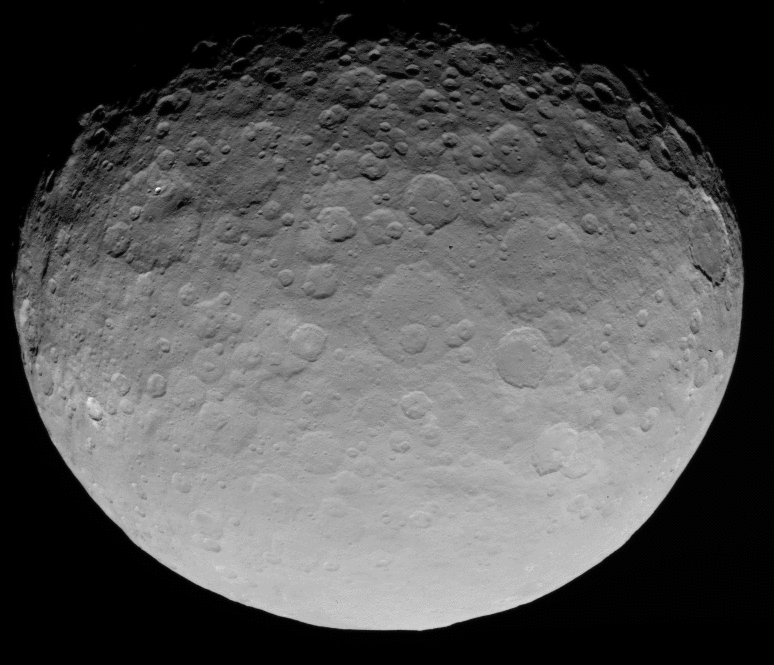 |
| Animation of 51 plates of Ceres |
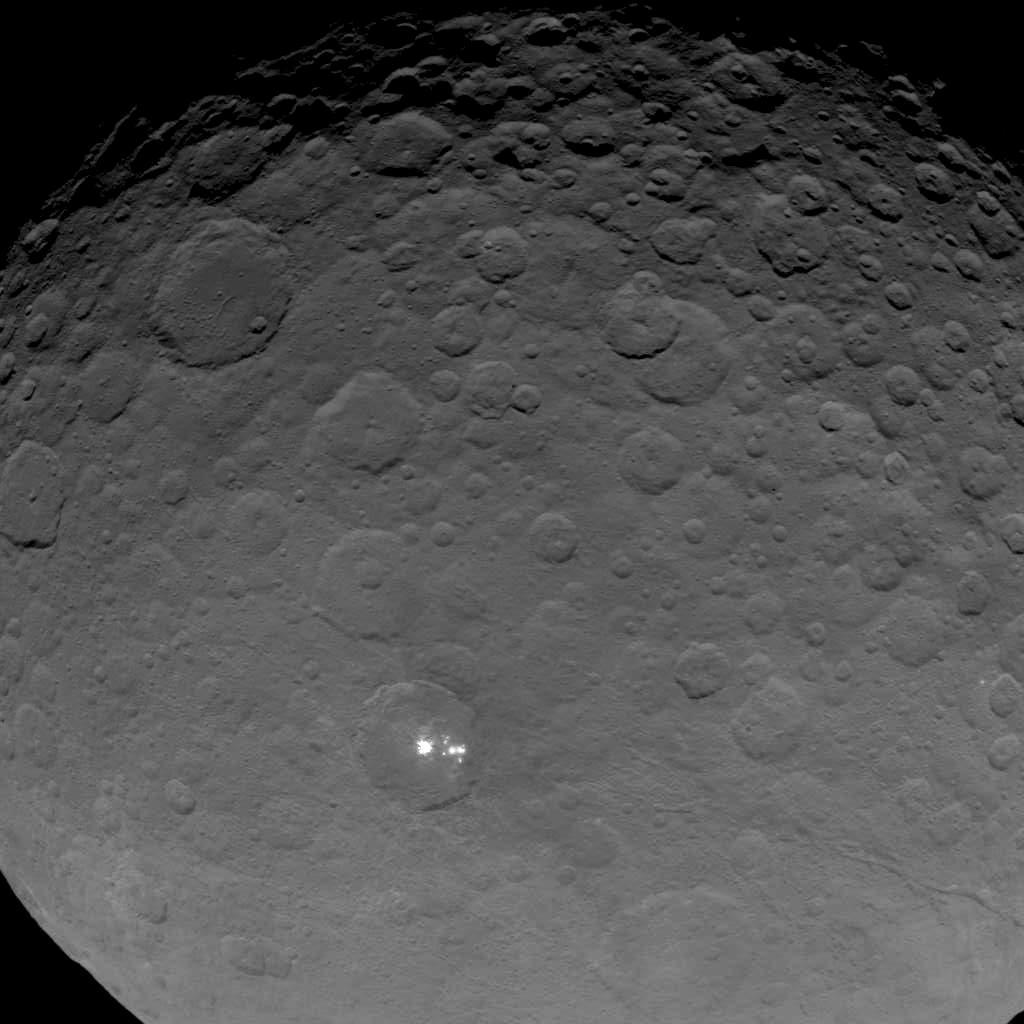 |
| Additional view of Spot 5 complex of bright spots |
| Furrows leading up to the conical mound |
 |
| RC3 view of the conical mound |
 |
| Bright spot - appears to be a depression rather than a crater |
DAWN spacecraft
Dawn was launched in 2007 and will undergo 4 mapping orbits around ceres, and is powered by a ion engine
Dawn will conduct its studies from three lower orbital altitudes after RC3, taking advantage of the tremendous maneuverability provided by ion propulsion to spiral from one to another. We presented previews last year of each phase, and as each approaches, we will give still more up-to-date details, but now that Dawn is in orbit, let’s summarize them here. Of course, with complicated operations in the forbidding depths of space, there are always possibilities for changes, especially in the schedule. The team has developed an intricate but robust and flexible plan to extract as many secrets from Ceres as possible, and they will take any changes in stride.
Each orbit is designed to provide a better view than the one before, and Dawn will map the orb thoroughly while at each altitude. The names for the orbits – rotation characterization 3 (RC3); survey; high altitude mapping orbit (HAMO); and low altitude mapping orbit (LAMO) – are based on ancient ideas, and the origins are (or should be) lost in the mists of time. Readers should avoid trying to infer anything at all meaningful in the designations. After some careful consideration, your correspondent chose to use the same names the Dawn team uses rather than create more helpful descriptors for the purposes of these blogs. That ensures consistency with other Dawn project communications. After all, what is important is not what the different orbits are called but rather what amazing new discoveries each one enables
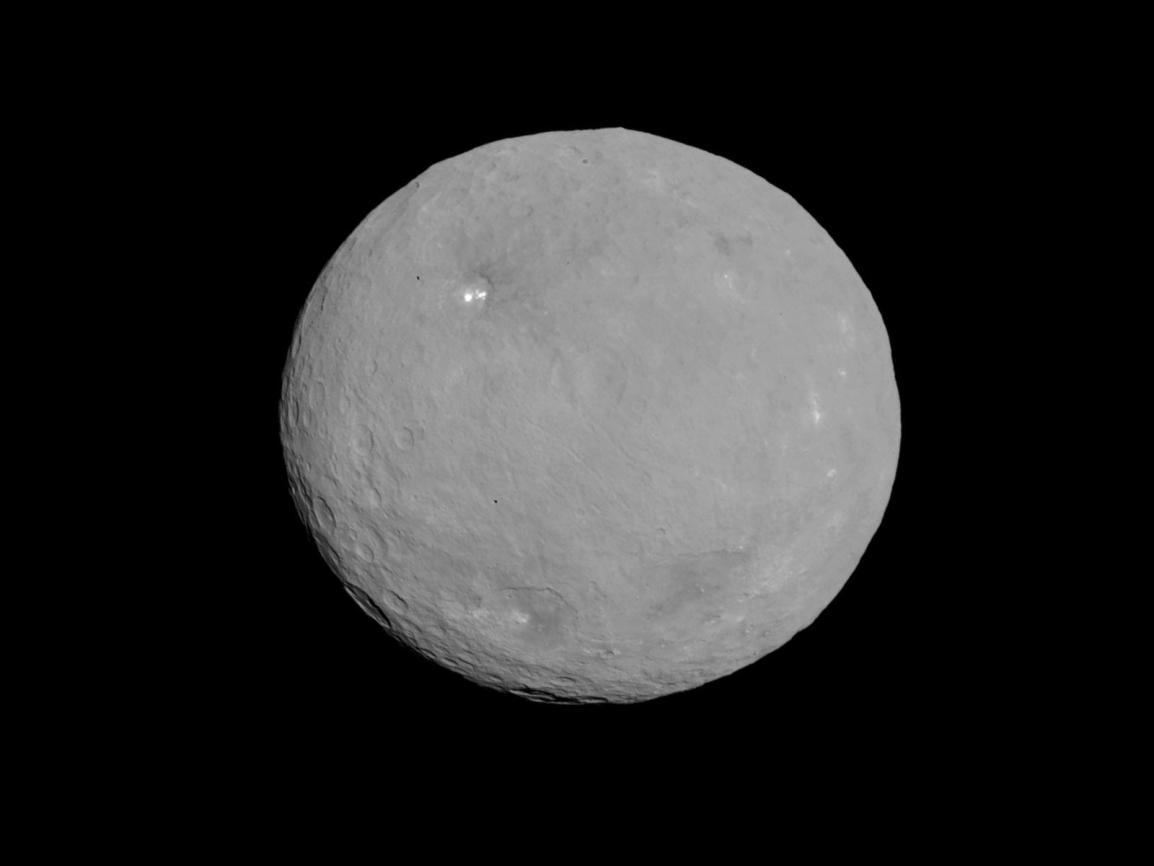 |
| PIA 19562 |
IMPACT BASIN
Source: PIA19065
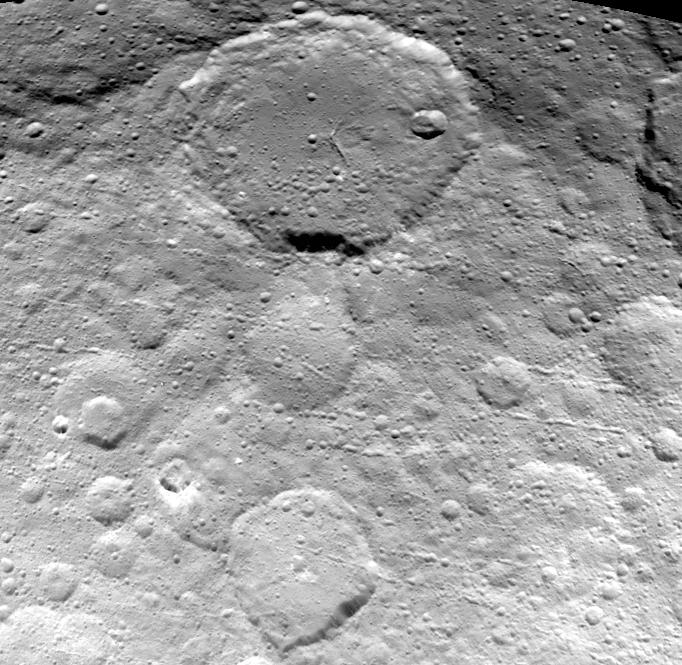 |
| NASA Photojournal version |
| Reprocessing from original PIA19065 and turned 180 degrees and...you see domes instead of craters |
Southern Hemisphere
Comparative Collage of Dwarfs and moons
Ceres (Rc3), Vesta, Mimas, Miranda, Enceladus, the Mars moons and Chariklo
Author: Daniele Bianchino, Italy
